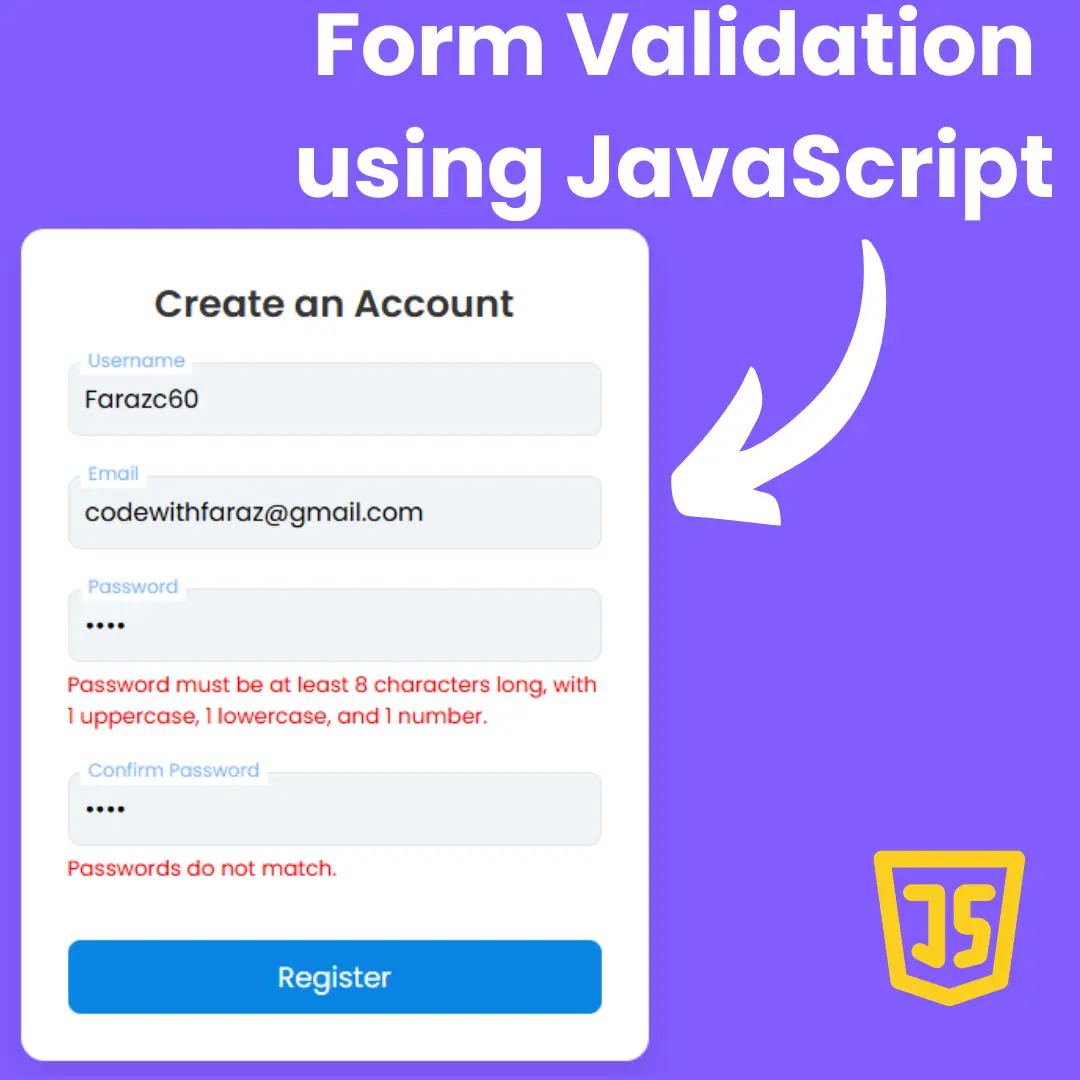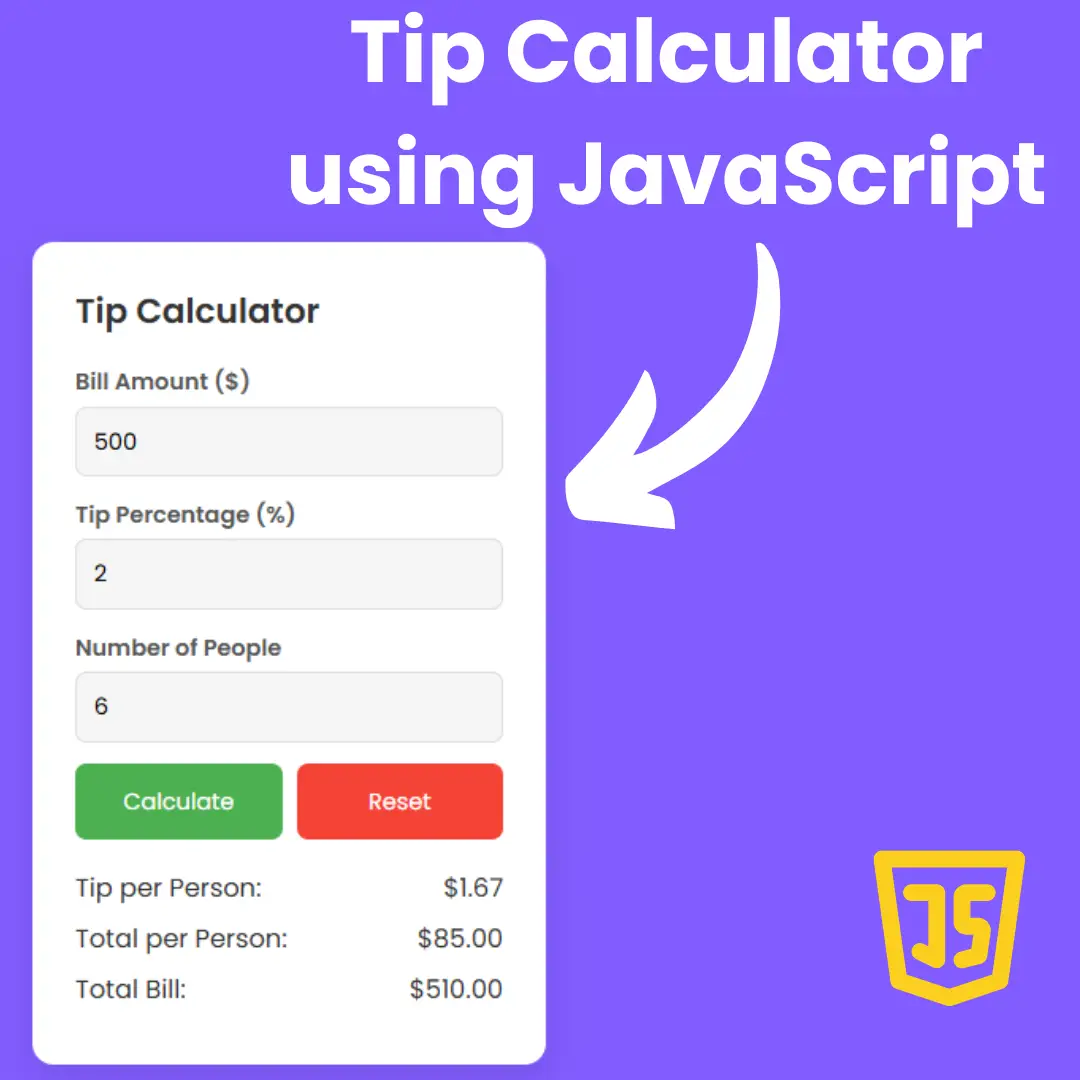How to Extract Metadata for More Than 20,000 Videos from a YouTube Channel Using YouTube Data API v3
Don't miss out on valuable insights. Learn how to extract metadata from large YouTube channels using YouTube Data API v3 efficiently.
Here's a step-by-step guide on how to do this:
1. Set Up the YouTube Data API v3:
- Go to the Google Cloud Console.
- Create a new project or select an existing one.
- Enable the "YouTube Data API v3" in the API library.
- Create API credentials and set up your API key.
2. Write a Script:
You can use any programming language of your choice to write a script. Here's a Python example using the google-api-python-client library:
import os
from googleapiclient.discovery import build
# Set your API key
api_key = "YOUR_API_KEY"
# Create a YouTube Data API client
youtube = build('youtube', 'v3', developerKey=api_key)
# Initialize variables
channel_id = 'YOUR_CHANNEL_ID'
page_token = None
video_data = []
# Make API requests to retrieve video data
while True:
request = youtube.search().list(
part='id',
channelId=channel_id,
maxResults=50, # Max results per page (you can change this)
pageToken=page_token
)
response = request.execute()
# Extract video IDs from the response
video_ids = [item['id']['videoId'] for item in response.get('items', [])]
# Fetch video details (metadata) for the video IDs
video_request = youtube.videos().list(
part='snippet',
id=','.join(video_ids)
)
video_response = video_request.execute()
video_data.extend(video_response.get('items', []))
# Check for the next page
page_token = response.get('nextPageToken')
if not page_token:
break
# At this point, video_data contains metadata for all videos in the channel
3. Handle Rate Limiting:
The YouTube Data API has quotas and rate limits. If you're dealing with a large number of videos, consider using exponential backoff and error handling to manage rate limits.
4. Store the Metadata:
You can store the video metadata in a database, CSV file, or any other storage medium for further analysis or use.
5. Running the Script:
Run the script, and it will iterate through all the pages of video results, collecting the metadata for each video.
Remember to replace 'YOUR_API_KEY' with your actual API key and 'YOUR_CHANNEL_ID' with the ID of the channel you want to extract data from.
Keep in mind that the YouTube Data API may change over time, so it's essential to refer to the official documentation for the most up-to-date information and quotas.
I hope you found the above information helpful. Please let me know in the comment box if you have an alternate answer 🔥 and you can support me by buying me a coffee.
And don’t forget to sign up to our email newsletter so you can get useful content like this sent right to your inbox!
Thanks!
Faraz 😊


























